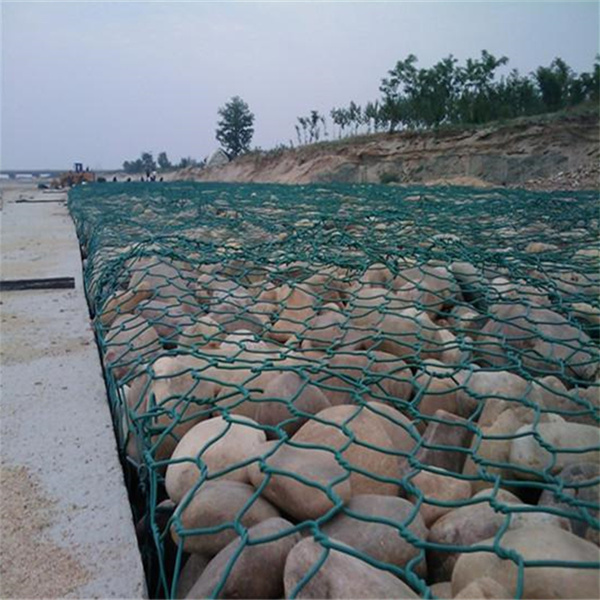Ira . 03, 2024 00:50 Back to list
Gabion Retaining Wall Specifications | Durable and Effective Solutions
Gabion Retaining Wall Specifications A Comprehensive Overview
Gabion retaining walls have gained popularity in civil engineering due to their durability, versatility, and aesthetic appeal. These structures are made from wire mesh cages filled with rocks, stones, or other inert materials. Their design and specifications play a crucial role in ensuring they effectively retain soil and withstand environmental stresses.
Materials and Construction
1. Wire Mesh The primary component of gabion walls is the wire mesh, which is typically made from galvanized steel or PVC-coated steel. The gauge of the wire can vary, but it typically ranges from 8 to 12 gauge, ensuring a balance between strength and flexibility. The mesh should be resistant to corrosion to prolong the lifespan of the wall.
2. Fill Material The fill for gabion baskets can vary depending on availability and aesthetic considerations. Common materials used include granite, limestone, or recycled concrete. The stones or rocks should be angular rather than rounded to ensure stability and minimize movement.
3. Basket Dimensions Gabion baskets come in various sizes, with typical dimensions ranging from 2x1x1 meters to 1x1x0.5 meters. The choice of size depends on the height and length of the wall being constructed, as well as the specific site conditions.
Design Considerations
gabion retaining wall specifications manufacturer

1. Height and Stability The height of a gabion retaining wall should not exceed 1.5 to 2 meters without additional engineering considerations, as higher walls require more robust design features to prevent overturning and sliding. Slope stability must be carefully evaluated, especially in areas prone to heavy rainfall or erosion.
2. Drainage Proper drainage is critical to the performance of gabion walls. Drainage systems should be incorporated to prevent water accumulation behind the wall, which could lead to increased lateral pressure. Perforated pipes and gravel backfill can help facilitate drainage.
3. Geotextiles To enhance stability and prevent soil erosion, geotextiles are often placed behind the gabion wall. These fabrics allow water to pass through while filtering out soil particles, thus maintaining the structural integrity of the wall.
Environmental Impact
Gabion walls are considered environmentally friendly, as they utilize natural materials and can integrate seamlessly into the natural landscape. The voids within the wall can also promote vegetation growth, contributing to biodiversity.
In conclusion, gabion retaining walls are a practical solution for managing soil retention challenges. The specifications regarding materials, design, and drainage must be carefully considered to ensure effectiveness and longevity. With proper implementation, they provide both functional and aesthetic benefits, making them a preferred choice in modern landscaping and civil engineering projects.
-
Visualizing Gabion 3D Integration in Urban Landscapes with Rendering
NewsJul.23,2025
-
The Design and Sustainability of Gabion Wire Mesh Panels
NewsJul.23,2025
-
The Acoustic Performance of Gabion Sound Barriers in Urban Environments
NewsJul.23,2025
-
Mastering the Installation of Galvanized Gabion Structures
NewsJul.23,2025
-
Gabion Boxes: Pioneering Sustainable Infrastructure Across the Globe
NewsJul.23,2025
-
Custom PVC Coated Gabion Boxes for Aesthetic Excellence
NewsJul.23,2025
-
Installation Tips for Gabion Wire Baskets in Erosion Control Projects
NewsJul.21,2025






